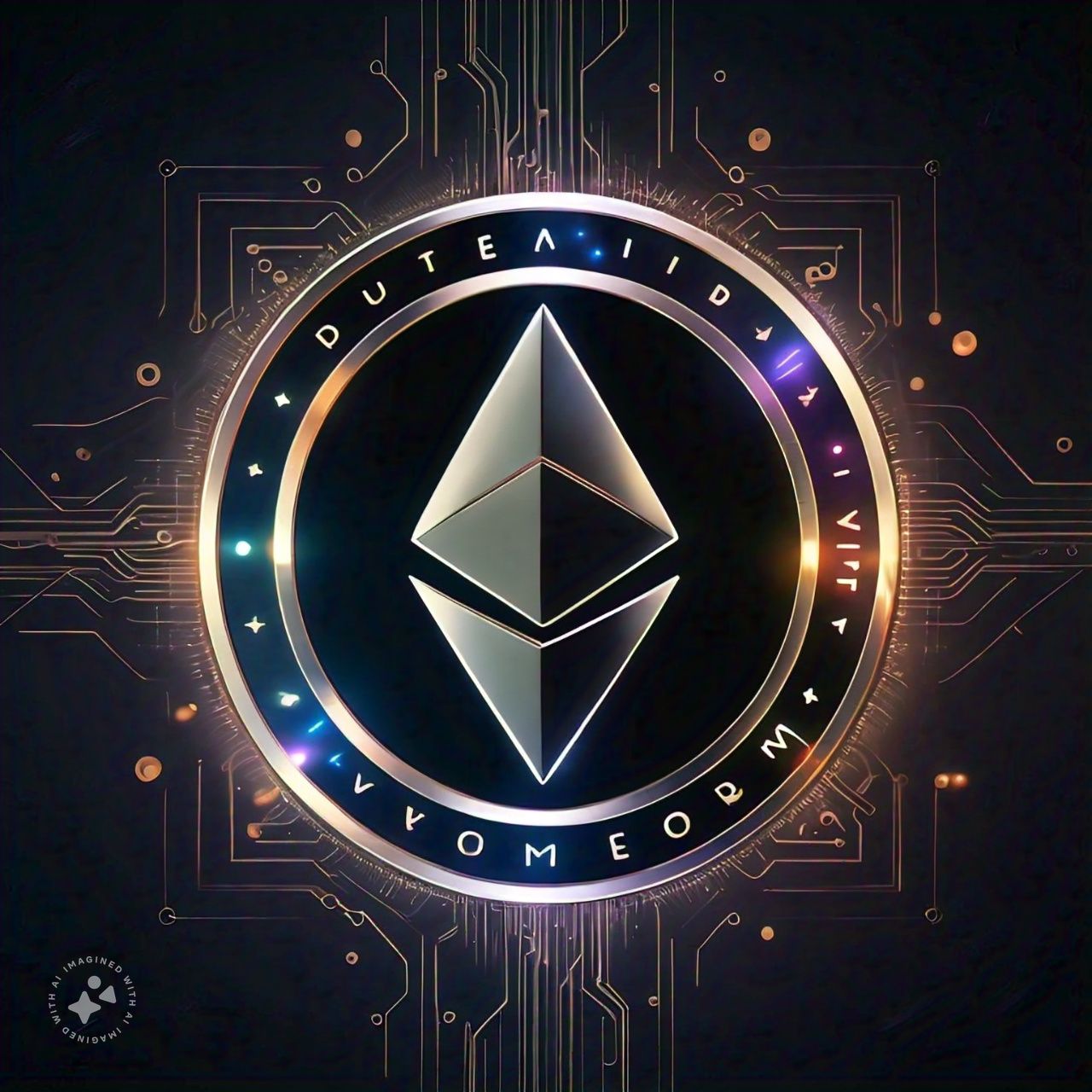Introduction
In the vast expanse of the blockchain universe, Ethereum stands as a titan, pioneering the concept of decentralized applications (dApps) and smart contracts. Since its inception in 2015, Ethereum has evolved into a multifaceted ecosystem, boasting a vast array of use cases, from decentralized finance (DeFi) to non-fungible tokens (NFTs). As we delve into the world of Ethereum, it becomes clear that this is more than just a cryptocurrency – it’s a revolutionary platform poised to reshape the fabric of the internet.Ethereum
The Genesis of Ethereum
The origin story of Ethereum begins with Vitalik Buterin, a Russian-Canadian programmer who sought to expand the capabilities of Bitcoin’s blockchain. In a whitepaper published in November 2013, Buterin proposed the concept of a Turing-complete blockchain, enabling the creation of complex smart contracts and decentralized applications. The Ethereum network was officially launched on July 30, 2015, with the mining of the first block, known as the Genesis Block.
The Underlying Technology: Smart Contracts and EVM
At the heart of Ethereum lies the innovative technology of smart contracts, self-executing contracts with the terms of the agreement written directly into lines of code. The Ethereum Virtual Machine (EVM) executes these contracts, allowing for the creation of complex decentralized applications. The EVM is a Turing-complete virtual machine, enabling the execution of any computation, making Ethereum a global, decentralized computer.
How Ethereum Works
Ethereum operates on a decentralized network of computers, known as nodes, that validate and record transactions. When a user initiates a transaction or executes a smart contract, it is broadcast to the network, where nodes verify the transaction and ensure the contract’s execution. The nodes on the network compete to solve complex mathematical problems, a process known as mining, to validate transactions and earn newly minted Ether (ETH).
The Ecosystem of Ethereum
Ethereum’s ecosystem is vast and diverse, with a wide range of use cases and applications:
- Decentralized Finance (DeFi): Lending, borrowing, and trading protocols, such as MakerDAO and Uniswap.
- Non-Fungible Tokens (NFTs): Unique digital assets, such as art, collectibles, and in-game items.
- Gaming: Decentralized gaming platforms, such as Decentraland and The Sandbox.
- Social Media: Decentralized social media platforms, such as Steemit and LBRY.
- Supply Chain Management: Transparent and tamper-proof supply chain tracking.
Challenges and Controversies
Despite its potential, Ethereum faces numerous challenges:
- Scalability: High transaction fees and limited capacity.
- Regulatory Uncertainty: Lack of clear regulations and guidelines.
- Security: Smart contract vulnerabilities and hacking incidents.
- Environmental Impact: Energy consumption and e-waste generation.
The Future of Ethereum
As Ethereum continues to evolve, its potential expands:
- Ethereum 2.0: A planned upgrade to a proof-of-stake consensus algorithm, increasing scalability and security.
- Layer 2 Scaling Solutions: Off-chain solutions, such as Optimism and Polygon, increasing transaction capacity.
- Institutional Adoption: Growing interest from mainstream companies and governments.
Conclusion
In conclusion, Ethereum represents a revolutionary platform, empowering the creation of decentralized applications and smart contracts. While challenges persist, the potential benefits of this technology are undeniable. As we move forward, one thing is certain – Ethereum will continue to shape the future of the internet, finance, and beyond.



